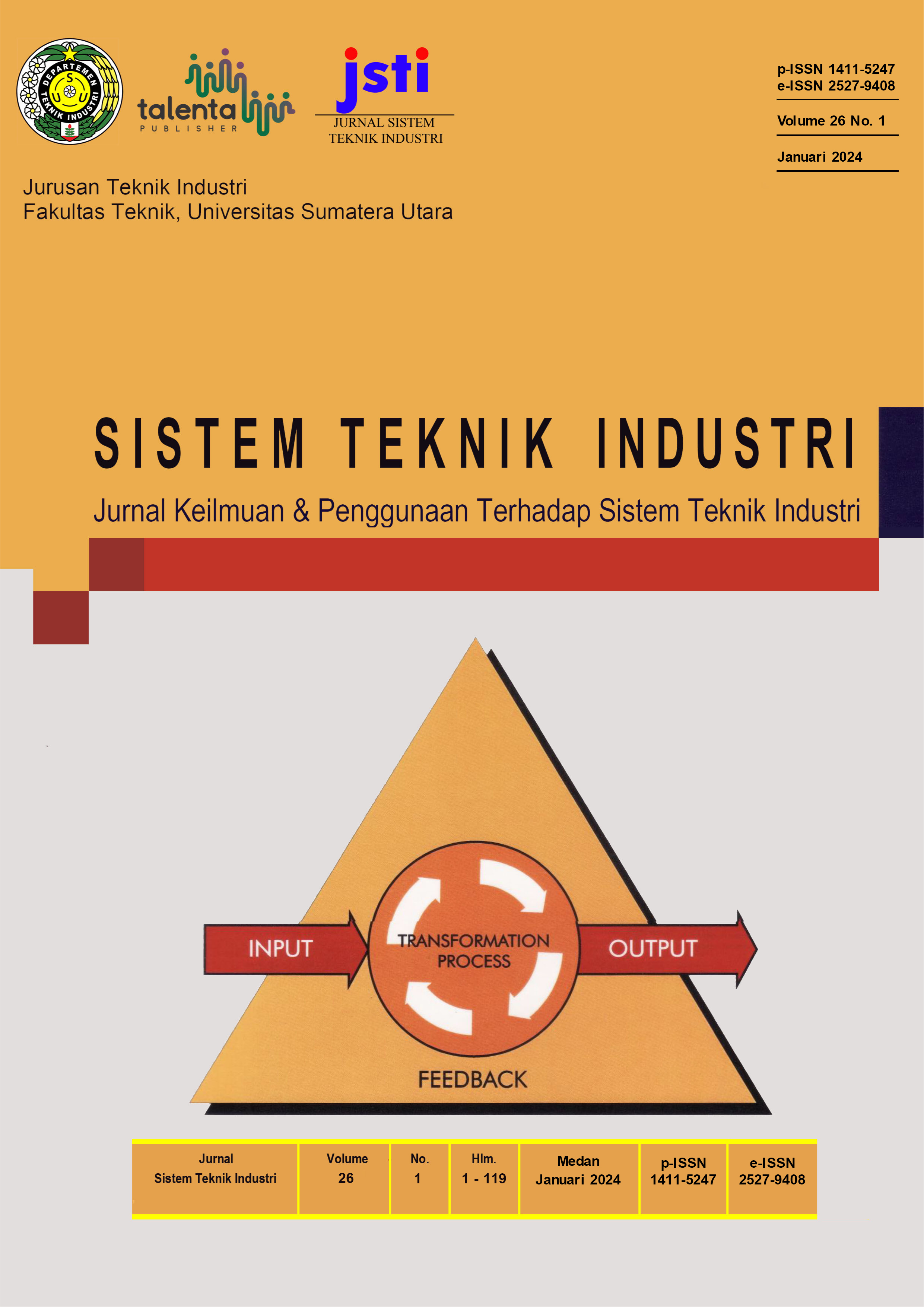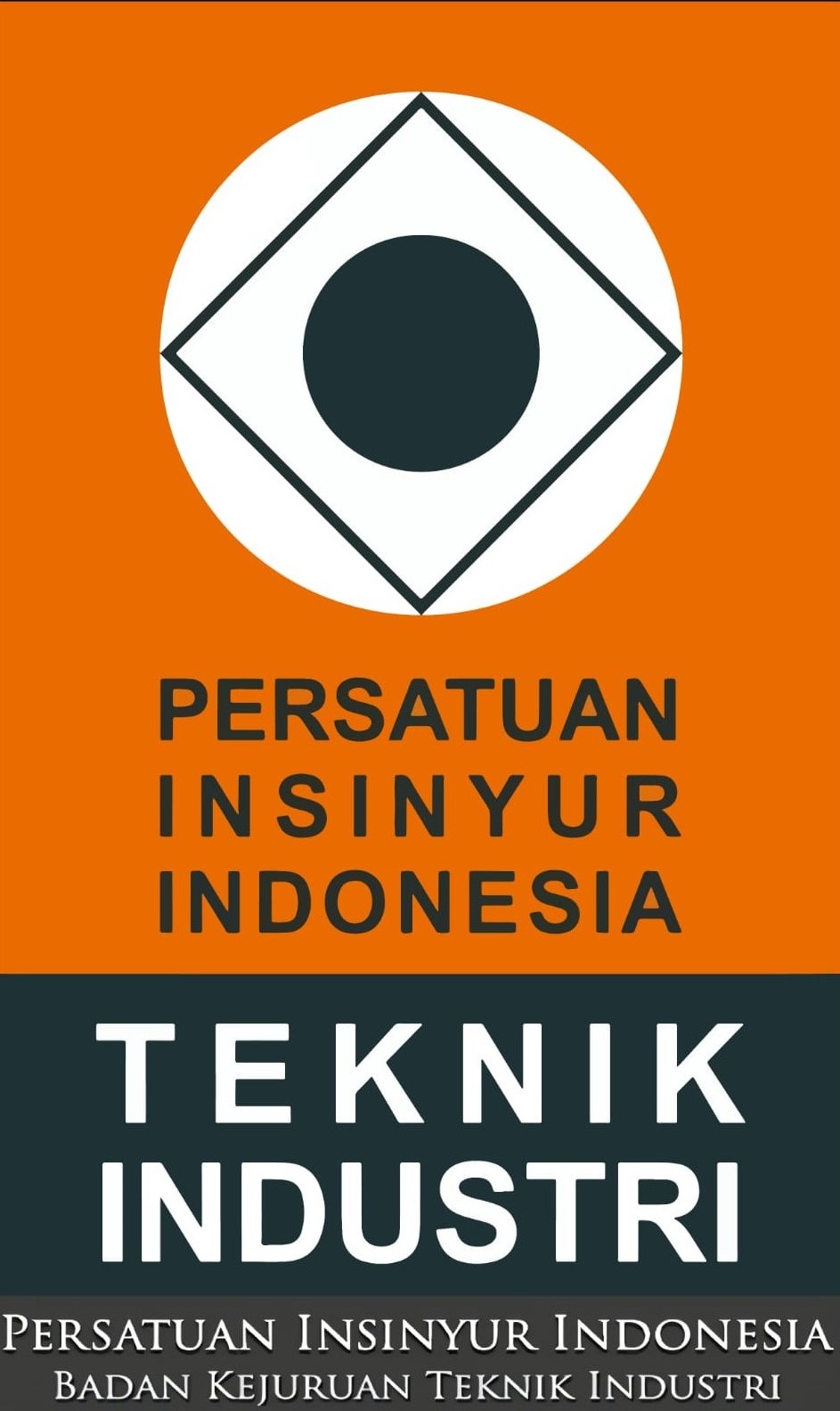A Trust Model for Electrical Stove Technology Acceptance of Indonesian Stereotype
DOI:
https://doi.org/10.32734/jsti.v26i1.14270Keywords:
Human-Machine Trust, Structural Equation Model, Technology, TrustAbstract
The surge in LPG consumption within Indonesian households, coupled with stagnant LPG production, has compelled the government to import 75% of LPG by 2022. Despite initial plans for a transition to electric stoves in 2023, the program was halted due to widespread public resistance to electric stove technology. The rejection was attributed, in part, to low trust in this emerging technology, emphasizing the pivotal role of trust in influencing technological acceptance. In response, this research endeavors to construct a robust and reliable model capturing trust in the acceptance of electric stove technology. Utilizing the PLS Structural Equation Model method for data analysis, the focus centers on two trust indicators: propensity trust and human-machine trust. In the quest for a valid model, the statistical modeling technique considers five initial hypotheses developed with 32 trust-related items. Upon analysis, one hypothesis is rejected, while four are accepted. Notably, the trust human-machine (THM) variable emerges as a significant influencer of trust for electric stove technology (TTK), substantiated by a path coefficient of 0.917 and p = <0.001. Thus, the resulting model takes on a reflective form, offering insights into the intricate dynamics of trust in the acceptance of electric stove technology.
Downloads
References
N. A. Purnami, R. Arianti, and P. Setiawan, “Analisis Intensitas Konsumsi Energi (IKE) pada Institut Teknologi Dirgantara Adisutjipto (ITDA) Yogyakarta,†Aviat. Electron. Inf. Technol. Telecommun. Electr. Control. (AVITEC); Vol 4, No 2 AugustDO - 10.28989/avitec.v4i2.1325, vol. 4, no. 2, Aug. 2022, [Online]. Available: https://ejournals.itda.ac.id/index.php/avitec/article/view/1325
N. Fajri, T. Wijayanto, and M. Ushada, “Individual trust model for aplication e-wallet in Yogyakarta street food outlet workers,†IOP Conf. Ser. Earth Environ. Sci., vol. 355, no. 1, p. 12027, 2019, doi: 10.1088/1755-1315/355/1/012027.
D. A. Putera, A. R. Matondang, and M. T. Sembiring, “Rice distribution planning using distribution resources planning (DRP) method,†AIP Conf. Proc., vol. 2471, no. 1, pp. 060002-1-060002–6, 2023, doi: https://doi.org/10.1063/5.0129254.
D. A. Putera, “Pengendalian Persediaan Beras Menggunakan Pendekatan Sistem Dinamis Di Perum Bulog Divre Sumut,†Universitas Sumatera Utara, Medan, 2021. [Online]. Available: https://repositori.usu.ac.id/handle/123456789/47744
N. M. A. P. Dewi and I. G. K. Warmika, “Peran Persepsi Kemudahan Penggunaan, Persepsi Manfaat Dan Persepsi Resiko Terhadap Niat Menggunakan Mobile Commerce Di Kota Denpasar,†E-Jurnal Manajemen; Vol 5 No 4, vol. 5, no. 4, Apr. 2016, [Online]. Available: https://ojs.unud.ac.id/index.php/manajemen/article/view/18029
C. Montag, J. Kraus, M. Baumann, and D. Rozgonjuk, “The propensity to trust in (automated) technology mediates the links between technology self-efficacy and fear and acceptance of artificial intelligence,†Comput. Hum. Behav. Reports, vol. 11, p. 100315, 2023, doi: https://doi.org/10.1016/j.chbr.2023.100315.
M. Weck and M. Afanassieva, “Toward the adoption of digital assistive technology: Factors affecting older people’s initial trust formation,†Telecomm. Policy, vol. 47, no. 2, p. 102483, 2023, doi: https://doi.org/10.1016/j.telpol.2022.102483.
V. Sawrikar and K. Mote, “Technology acceptance and trust: Overlooked considerations in young people’s use of digital mental health interventions,†Heal. Policy Technol., vol. 11, no. 4, p. 100686, 2022, doi: https://doi.org/10.1016/j.hlpt.2022.100686.
D. A. Putera, R. Oktavia Puspita Rini, T. Mulyadi, A. A. Dermawan, and W. Ilham, “Penerapan Prinsip Anthropometri Dan Qfd Untuk Redesain Alat Bantu Pengait Tong Aspal,†Sigma Tek., vol. 5, no. 2, pp. 224–232, 2022, doi: 10.33373/sigmateknika.v5i2.4565.
E. R. Ningsih, Perilaku Konsumen (Pengembangan Konsep dan Praktik Dalam Pemasaran). Yogyakarta: IDEA Press, 2010.
M. Taddeo, “Trust in Technology: A Distinctive and a Problematic Relation,†Knowledge, Technol. Policy, vol. 23, no. 3, pp. 283–286, 2010, doi: 10.1007/s12130-010-9113-9.
B. Gebru., “A Review on Human–Machine Trust Evaluation: Human-Centric and Machine-Centric Perspectives,†IEEE Trans. Human-Machine Syst., vol. 52, no. 5, pp. 952–962, 2022, doi: 10.1109/THMS.2022.3144956.
J. B. Lyons and S. Y. Guznov, “Individual differences in human–machine trust: A multi-study look at the perfect automation schema,†Theor. Issues Ergon. Sci., vol. 20, no. 4, pp. 440–458, Jul. 2019, doi: 10.1080/1463922X.2018.1491071.
G. M. Hosang, A. Manoli, S. Shakoor, H. L. Fisher, and C. Parker, “Reliability and convergent validity of retrospective reports of childhood maltreatment by individuals with bipolar disorder,†Psychiatry Res., vol. 321, p. 115105, 2023, doi: https://doi.org/10.1016/j.psychres.2023.115105.
J.-Y. Kwon, L. Cuthbertson, and R. Sawatzky, “The Use of Generic Patient-Reported Outcome Measures in Emergency Department Surveys: Discriminant Validity Evidence for the Veterans RAND 12-Item Health Survey and the EQ-5D,†Value Heal., vol. 25, no. 12, pp. 1939–1946, 2022, doi: https://doi.org/10.1016/j.jval.2022.07.016.
G. Landi, K. I. Pakenham, E. Crocetti, S. Grandi, and E. Tossani, “The Multidimensional Psychological Flexibility Inventory (MPFI): Discriminant validity of psychological flexibility with distress,†J. Context. Behav. Sci., vol. 21, pp. 22–29, 2021, doi: https://doi.org/10.1016/j.jcbs.2021.05.004.
A. Atilgan., “The effect of climate change on stream basin hydrometeorological variables: The example of Dim Stream (Turkey),†Ecohydrol. Hydrobiol., 2023, doi: https://doi.org/10.1016/j.ecohyd.2023.07.003.
Y. Zhang, X. Cheng, and M. H. Tahir, “Modelling and verifying multi-path product generation pyrolysis of waste cabbage leave,†J. Anal. Appl. Pyrolysis, vol. 175, p. 106206, 2023, doi: https://doi.org/10.1016/j.jaap.2023.106206.
J. Correll, C. Mellinger, G. H. McClelland, and C. M. Judd, “Avoid Cohen’s ‘Small’, ‘Medium’, and ‘Large’ for Power Analysis,†Trends Cogn. Sci., vol. 24, no. 3, pp. 200–207, 2020, doi: https://doi.org/10.1016/j.tics.2019.12.009.
L. Nägel, V. Bleck, and F. Lipowsky, “‘Research findings and daily teaching practice are worlds apart’ – Predictors and consequences of scepticism toward the relevance of scientific content for teaching practice,†Teach. Teach. Educ., vol. 121, p. 103911, 2023, doi: https://doi.org/10.1016/j.tate.2022.103911.
Downloads
Published
How to Cite
Issue
Section
License
Copyright (c) 2024 TALENTA Publisher Universitas Sumatera Utara

This work is licensed under a Creative Commons Attribution-ShareAlike 4.0 International License.
The Authors submitting a manuscript do so on the understanding that if accepted for publication, the copyright of the article shall be assigned to TALENTA Publisher Universitas Sumatera Utara as the publisher of the journal.
Copyright encompasses the rights to reproduce and deliver the article in all forms and media. The reproduction of any part of this journal, its storage in databases, and its transmission by any form or medium will be allowed.



















